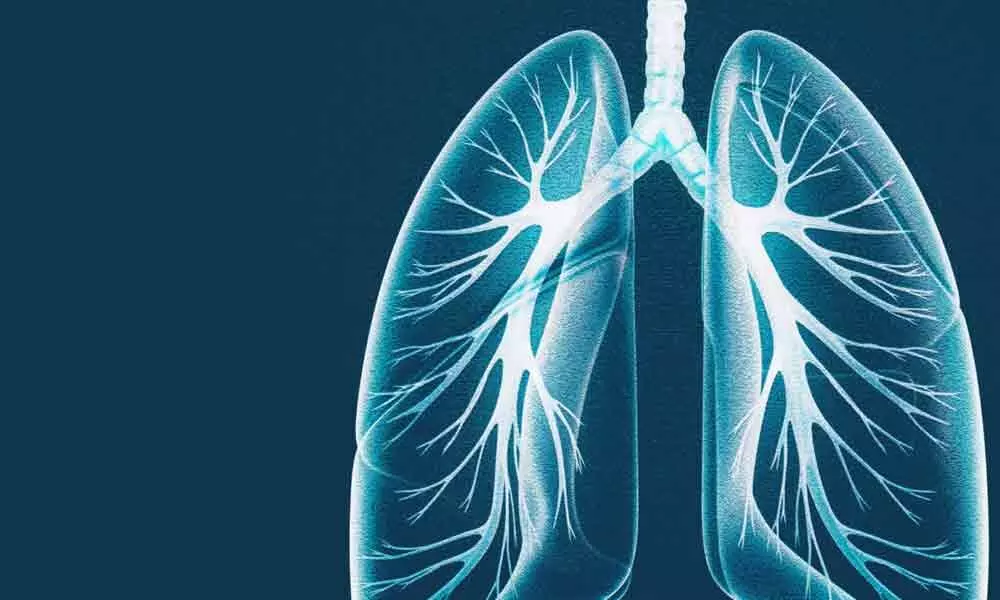New coronavirus seen up close in graphic details inside lungs

Lungs
A team of researchers in the US has published striking images of SARS-CoV-2 infected cells in the respiratory airways that are very graphic in nature
New York: A team of researchers in the US has published striking images of SARS-CoV-2 infected cells in the respiratory airways that are very graphic in nature.
In a laboratory setting, the researchers at University of North Carolina School of Medicine inoculated the new coronavirus into human bronchial epithelial cells, which were then examined 96 hours later using scanning electron microscopy.
The New England Journal of Medicine featured this work in its "Images in Medicine" section.
Camille Ehre, Assistant Professor of Pediatrics, captured these images to illustrate how intense the SARS-CoV-2 infection of the airways can be in very graphic and easily understood images.
The images show infected ciliated cells with strands of mucus (yellow) attached to cilia tips (blue).
Cilia are the hair-like structures on the surface of airway epithelial cells that transport mucus (and trapped viruses) from the lung.
A higher power magnification image shows the structure and density of SARS-CoV-2 virions (red) produced by human airway epithelia.
Virions are the complete, infectious form of the virus released onto respiratory surfaces by infected host cells.
According to the researchers, this imaging research will help illustrate the incredibly high number of virions produced and released per cell inside the human respiratory system.
The large viral burden is a source for spread of infection to multiple organs of an infected individual and likely mediates the high frequency of Covid-19 transmission to others.
These images make a strong case for the use of masks by infected and uninfected individuals to limit SARS-CoV-2 transmission, the authors wrote.














